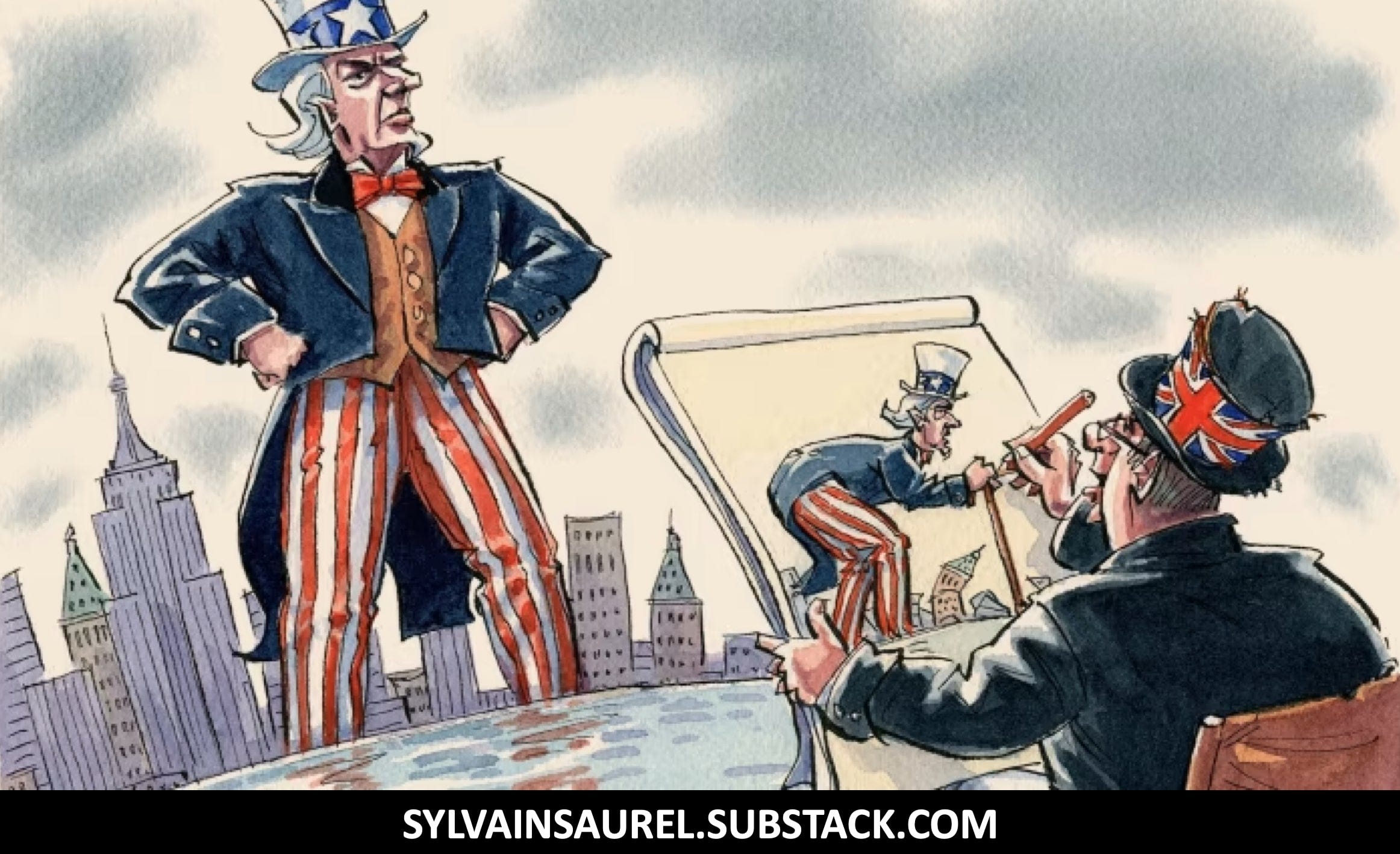The Unsetting Sun: Why 2025 Is the Year the American Century Ended.
The fall of an empire is never a single event. It is a process of a thousand cuts, of bad decisions, of lost opportunities, of a slow, creeping decay that suddenly becomes undeniable.
Everything in nature has a cycle. A star is born from cosmic dust, burns with incandescent fury for billions of years, and then, its fuel spent, it collapses into a whisper of its former self. Civilizations are no different. What goes up must come down. For three hundred years, the world has orbited a center of gravity we call “the West.” From the British Empire’s mastery of the seas to America’s dominance of industry, finance, and culture, this era defined modernity. People will remember 2025 as the year that the cycle definitively ended. This is the year the world finally acknowledged that Xi Jinping, not Donald Trump, is the most powerful man on the planet.
This is not a sudden collapse, but the final, shuddering tremor of a structure long weakened from within. The story of its decline is the story of America, the last and greatest embodiment of Western power. America’s glory was not merely military or political; it was tangible, forged in the fire and steel of a productive behemoth. The ascent began in the 1880s when the United States surpassed Great Britain to become the world’s top industrial nation. For the next century, the rhythm of global progress beat to an American drum. American steel built the world’s skyscrapers. American railways stitched continents together. American oil fueled a new age of mobility, first in American automobiles and then in American aircraft. American chemicals, weapons, electronics, and finally, American computers, mesmerized and reshaped humanity.
Decoding the Saylor Sorcery: Preston Pysh's Masterclass on Why MicroStrategy is King.
It's up to you to decide whether Preston Pysh's perception of Michael J. Saylor's strategy is relevant.
America reached its zenith not once, but twice, each peak casting a longer shadow than the last.
The first was in 1945. As Europe and Asia lay in smoldering ruins, the American mainland, untouched by the devastation of World War II, stood alone. An astonishing 60% of the world’s entire industrial output poured from its factories. It was the sole nuclear power, the architect of the new global order, and the undisputed master of the world.
The second peak came in 1991. With the sudden, almost unbelievable collapse of its great ideological rival, the Soviet Union, America was left as the lone superpower. The “end of history” was declared. Liberal democracy and free-market capitalism, championed by Washington, had won. The unipolar moment had arrived.
Yet, it was from this dizzying height that the fall began. Hubris is the great disease of empires, and in its moment of total victory, America contracted a fatal case. The seeds of its undoing were sown decades earlier, but it was in the fertile ground of post-Cold War triumphalism that they truly began to sprout.
Keep reading with a 7-day free trial
Subscribe to Sylvain Saurel’s Newsletter to keep reading this post and get 7 days of free access to the full post archives.



